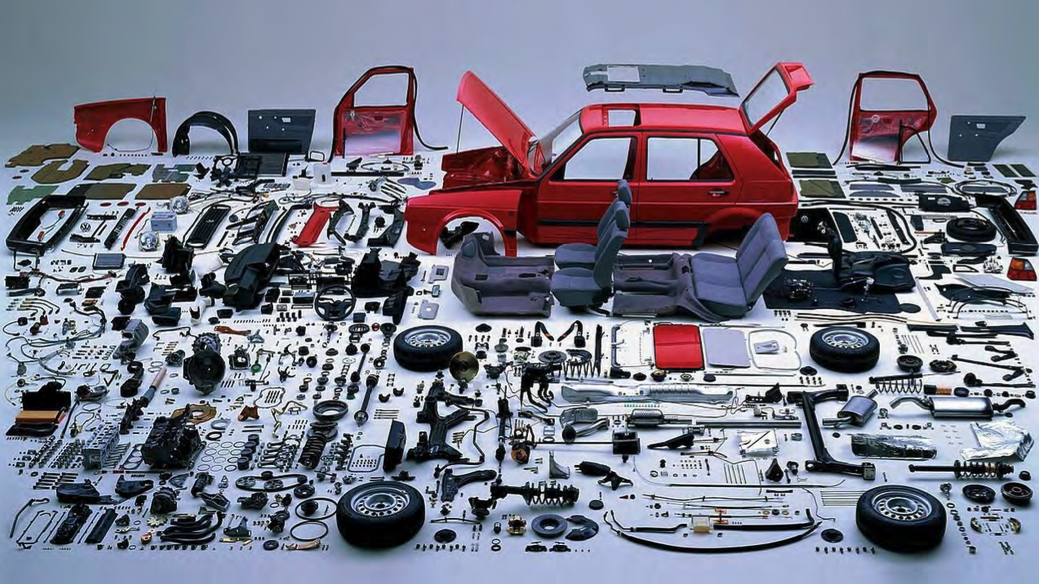Services, deliverables, and outcomes.

Ed built the most talented and mature design team I’ve ever been part of. His vision, strategy, and people-first approach are unrivalled.
— What

Fleet management transformation

Sustainable energy integration

Cross-functional collaboration

Agile delivery framework

Unified digital platform
— How

Tri-track agile

Discovery and validation

Customer interviews

Co-design workshops

Service blueprints

Stakeholder alignment sessions
🏆 Outcomes
SuperFleet delivered a seamless, future-ready fleet management system, reducing inefficiencies and preventing fraud.
BP positioned itself as a leader in sustainable mobility, aligning with its vision for a low-carbon future.
Programme overview
BP SuperFleet is revolutionising global fleet management by bridging business needs, customer pain points, and operational challenges into a seamless, data-driven service. Through extensive research, collaboration, and design thinking, the programme streamlines logistics, reduces downtime, enhances decision-making, and supports the transition to sustainable fleets, impacting thousands of supply chains worldwide.
Fleet professionals engaged
Vehicles in logistics network
Global stakeholders
Service domains delivered
Establishing the foundations for discovery
The design of the service aligned business goals with real-world fleet needs. My team uncovered dependencies, validated historic personas, and created conceptual models to benchmark transformation.

Gathered customer personas

Framed customer segmentation strategy

Mapped key stakeholder relationships

Developed as-is conceptual models


What we think we know about the user
Gathering and reviewing customer personas was a critical step in ensuring SuperFleet’s service design was aligned with who we were designing the service for and their needs. Historically, personas were developed in silos, leading to inconsistencies.
The team consolidated all existing personas into one repository, assessing validity and identifying gaps. By aligning with the wider business, we established a single persona set, ensuring consistency across the Fleet portfolio and wider business.
Expanding user research for deeper insights
By establishing a fortnightly Research Train, the team continuously refined an understanding of Fleet Managers’ needs. Research was curated in Dovetail, and expanded with segment-specific data collection. A two-week diary study with 12 fleet managers and international discovery across 9 EU markets uncovered regional nuances and key jobs to be done insights.
Learnings from users
- Fragmented platforms were a major pain point, fleet managers struggled to manage tasks across multiple platforms.
- Fraud prevention was crucial as leasing companies faced weekly risks, requiring stricter fuel card controls.
- Mobile dependency grew, handling issues in real-time.
- Europe and ANZ needed adaptable solutions due to compliance and cultural differences despite some feature parity.
End-to-end conceptual model

What is the conceptual model?
The conceptual end-to-end model maps every stage of a customer’s journey, from initial research to long-term engagement. It provides a structured framework for designing domain driven services, ensuring seamless user experiences, operational efficiency, and scalability.
How is it used?
The mental model is research-led, testing a hypothesis to align user expectations with service design. It is broken into domains, each delivered by 12 cross-functional squads. Comprising product designers, researchers, product managers, and engineers.


Service discovery framework

What is tri-track agile?
Tri-track agile evolves traditional agile by separating service discovery, product design, and delivery into distinct tracks.
This approach enables continuous research, iterative prototyping, and structured development, ensuring user needs, feasibility, and business goals align within sprint-based workflows. It enhances adaptability, reduces risk, and enables cross-functional collaboration.
How is it used?
I structured Track 1 of the framework to focus on strategy, research, and service design, helping transition each domain into squads.
Each step ensures strategic alignment, data-driven decision-making, and accountability, creating a foundation for effective delivery, by bringing together stakeholders, researchers, service designers, material experts, and solution architects to collaborate to validate ideas.


Cross-functional collaboration
Bringing people together
Workshops were central to my discovery approach, enabling collaboration across design, business, and technology teams. As a master facilitator, I designed engaging, outcome-driven sessions that captured stakeholder imagination. Each step of the framework produced artefacts to anchor discussions, making the process tangible, aligning teams, and ensuring ideas translated into actionable, user-focused service solutions.
Exercises like “The Emoji Story”, was widely shared within bp's design organisation and became a firm favourite amongst my peers.

Value Proposition Design

Ideation and Validation

Service Blueprinting



Key deliverables

Notifications framework
For fleet managers, timely communication is crucial for operational success and emergencies. I developed a framework to categorise notifications by urgency and actionability, ensuring proactive responses to issues.
This epic had the most dependencies and unknowns uncovered in discovery, making it foundational to the experience. It acted as the glue that connected workflows, enabling fleet managers to execute key jobs efficiently while navigating complex operational challenges.
Service maps
Service maps played a crucial role across the 11 domains, bridging customer journeys, processes, people, and technology. As a central artefact, they provided squads with a shared reference point, enabling targeted research and solutioning. By transitioning these maps to product owners, designers, and developers, teams gained clear direction, alignment, and a deeper understanding of service interactions.
Other case studies
Digital experiences for
omni-channel commerce
Learn how I redifiend the Kitchen buying experience for one of the UK's leading retailers
Medium length section heading goes here
Lorem ipsum dolor sit amet, consectetur adipiscing elit. Suspendisse varius enim in eros elementum tristique. Duis cursus, mi quis viverra ornare, eros dolor interdum nulla, ut commodo diam libero vitae erat.
